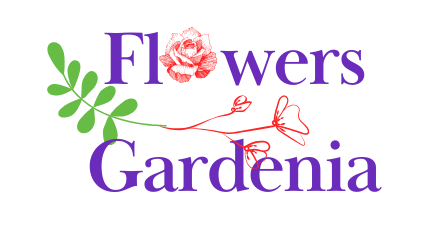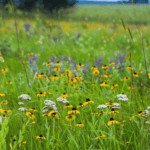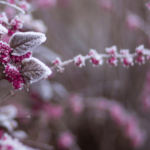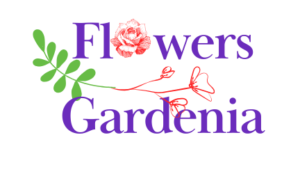
Beautiful flowers gardenia Plants For Your homes
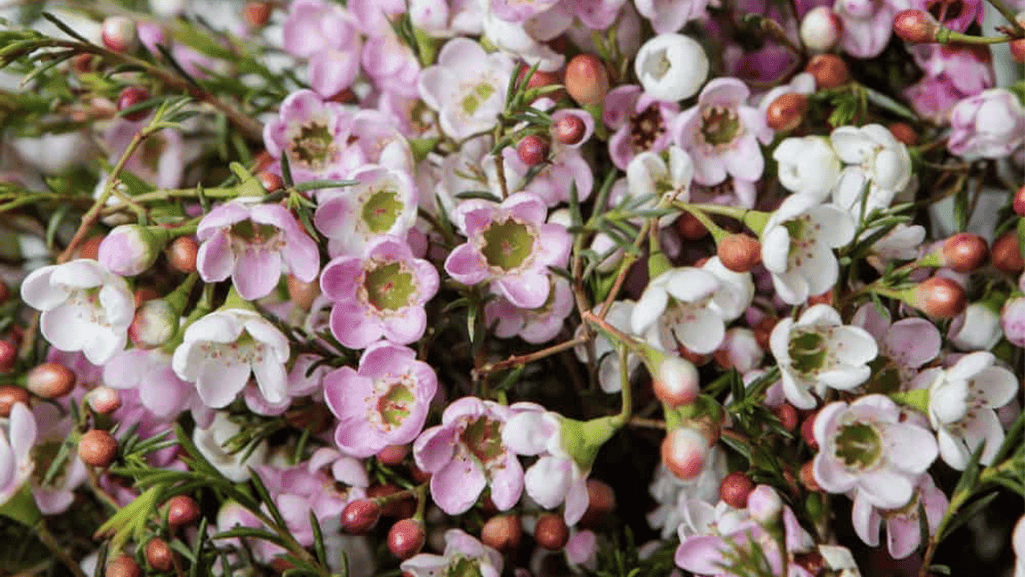
Waxflower (Chamelaucium) brings a touch of Australian wilderness to gardens and floral arrangements worldwide. With its delicate, star-shaped blooms and remarkable longevity, this hardy plant has become a favorite among gardeners and florists alike. Whether you’re planning a wedding, creating a bouquet, or looking to add texture to your garden, waxflower offers unmatched versatility and charm that few other flowering plants can match.
Native to Western Australia, waxflower (Chamelaucium) belongs to the Myrtaceae family. The most popular species, Chamelaucium uncinatum, also known as Geraldton Waxflower, was discovered in 1819 near the coastal town of Geraldton. This evergreen shrub thrives in sandy, well-drained soils and has adapted to withstand the harsh Australian climate.
Botanically, waxflower features needle-like foliage that releases a pleasant citrus scent when crushed. The plant’s most distinctive characteristic is its waxy, star-shaped flowers that bloom in clusters along woody stems. These blooms range in color from white and pink to purple and red, depending on the variety. The flowers get their name from their distinctive waxy texture, which helps them retain moisture and contributes to their impressive vase life of up to three weeks.
In the language of flowers, waxflower symbolizes lasting love and endurance. Its ability to stay fresh long after cutting has made it a popular choice for wedding bouquets, where it represents a long and happy marriage. The flower also carries meanings of wealth, good luck, and success, making it an appropriate gift for graduations and new beginnings.
Discover our selection of premium waxflower varieties, perfect for gardens and floral arrangements.
Growing waxflower successfully requires understanding its native conditions. These resilient plants thrive with minimal care once established, making them perfect for gardeners of all experience levels.
Waxflower demands excellent drainage above all else. In its native Australia, it grows in sandy, low-nutrient soils. For best results:
These sun-loving plants need proper light exposure to thrive:
Waxflower’s drought-tolerant nature makes it relatively low-maintenance once established. Follow these watering guidelines:
For optimal growth, apply a light application of slow-release, low-phosphorus fertilizer in spring. Excessive fertilization can damage these plants that naturally thrive in nutrient-poor soils.
Regular pruning helps maintain the plant’s shape and encourages abundant flowering:
While generally pest-resistant, waxflower can occasionally face issues:
| Waxflower Variety | Flower Color | Height | Special Features | Best Uses |
| Geraldton Wax (C. uncinatum) | White to pink | 4-6 feet | Original species, highly fragrant | Garden specimen, cut flowers |
| Purple Pride | Reddish-purple | 5-7 feet | Vibrant color, abundant blooms | Focal point, floral arrangements |
| Album | Pure white | 4-5 feet | Clean white blooms, elegant | Wedding bouquets, formal gardens |
| Bundara Excelsior | Large pink | 5-6 feet | Larger flower size, showy | Statement plantings, cut flowers |
| University | Rose-purple to deep purple | 4-6 feet | Red stems, color-changing blooms | Mixed borders, floral design |
Get everything you need to grow healthy, beautiful waxflowers at home with our complete starter kit.
Waxflower has earned its place as a staple in floral design thanks to its exceptional vase life and versatile nature. These delicate blooms add texture, color, and a sweet fragrance to arrangements of all kinds.
Waxflower has become a wedding staple for several compelling reasons:
Waxflower works beautifully with many other flowers, creating balanced and visually interesting arrangements. Here are some ideal companions:
The delicate texture of waxflower provides perfect contrast to the bold, romantic presence of roses. This pairing works especially well in wedding bouquets and anniversary arrangements.
This Australian pairing creates a harmonious, native-inspired look. The silvery-green eucalyptus leaves provide a beautiful backdrop for waxflower’s colorful blooms.
Creating a simple yet stunning waxflower arrangement is easy with these elements:
Arrange the eucalyptus first to create structure, then add the focal flowers, and finally fill in with waxflower and baby’s breath for a balanced, professional-looking arrangement.
Download our free guide to using waxflower in wedding arrangements, including bouquets, centerpieces, and more!
Beyond its beauty and versatility, waxflower holds many surprising secrets and unique characteristics that make it even more special.
Waxflower can last up to 21 days in a vase, outlasting most other cut flowers. This remarkable longevity comes from its waxy coating that helps the blooms retain moisture even after cutting.
While the flowers have a sweet scent, the needle-like leaves contain aromatic oils that release a refreshing citrus fragrance when crushed. This makes the entire plant a sensory delight in the garden.
“Waxflower – your beauty inspires thought alone.”
M.J.C. Cronin
Waxflower is naturally resistant to many pests thanks to the aromatic oils in its foliage, making it an excellent choice for organic and low-maintenance gardens.
Whether you’re a gardener looking for a drought-tolerant beauty, a bride planning floral arrangements, or simply someone who appreciates long-lasting cut flowers, waxflower deserves a special place in your heart and home. Its remarkable versatility, symbolic meaning of enduring love, and undeniable charm make it a truly special plant with something to offer everyone.
From its humble origins in the sandy soils of Western Australia to wedding bouquets and garden beds around the world, waxflower continues to captivate with its delicate beauty and surprising resilience. By understanding its needs and appreciating its unique characteristics, you can enjoy the many benefits this remarkable plant has to offer.
Get started with premium waxflower plants, delivered right to your door with care instructions included.
